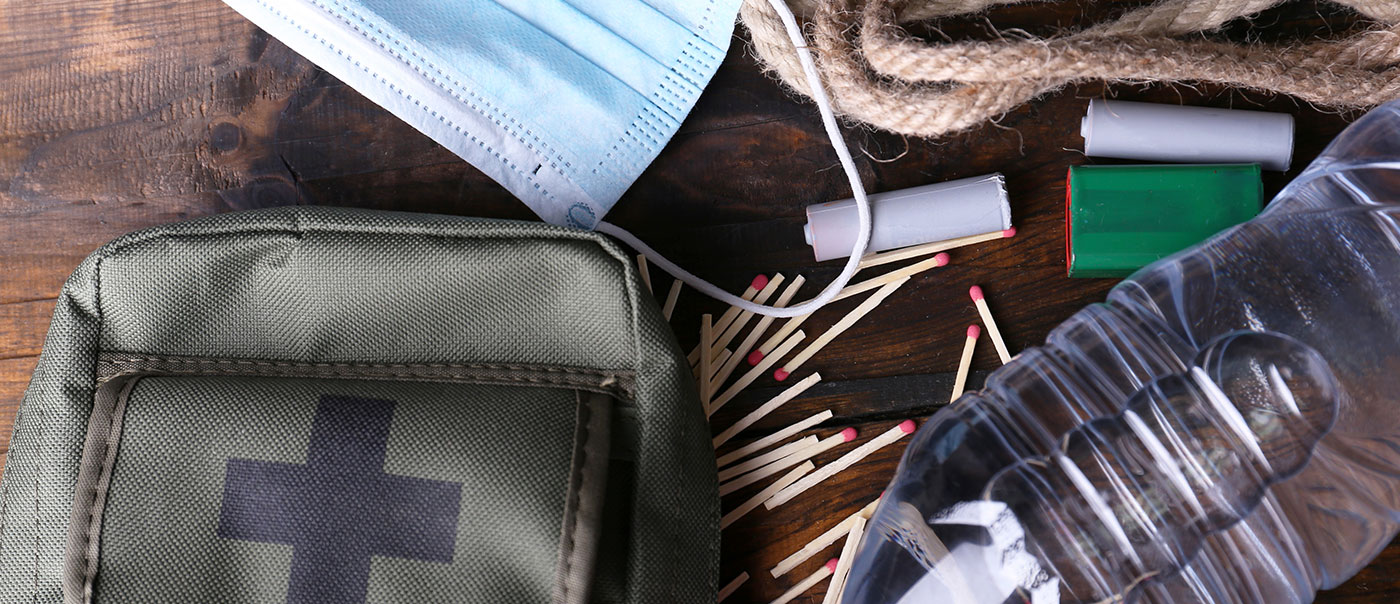Each year homeowners across Canada are affected by some form of disaster. We reached out to the Canadian Red Cross to learn how homeowners can better prepare for the worst.
We talk a lot about preparedness at the Canadian Red Cross. It is part of our DNA. We want:
- Canadians to be prepared to handle a first-aid emergency;
- children to be prepared to spend time safely in a swimming pool; and
- everyone to be prepared to enjoy their summers by learning water safety basics.
Preparedness also takes another shape for us. In fact, it impacts a lot of what we do. As an emergency management organization with thousands of trained volunteers, we see what happens when people aren’t prepared for a personal disaster, such as a house fire. A personal disaster doesn’t always end up on the evening news. Personal disasters don’t get the same coverage as a storm, wildfire or earthquake. But they impact individuals and families just the same.
Last year, the Canadian Red Cross responded to such emergencies every three hours. A Red Cross volunteer would arrive at the scene equipped to handle whatever they might face: often a family having lost everything, with nowhere to stay and sometimes without the means to get to safe shelter.
Because of our experience on the ground, we are always trying to find ways to equip and prepare individuals, families and their homes in case of an emergency. We often ask: what’s in your emergency kit? What items do you have at your immediate disposal to deal with an emergency at home?
Losing power during an ice storm. Roads being closed due to flooding. Wildfires threatening your community but not yet your home. What will you do? Can you be self-sufficient for 72 hours before power is restored? Before the road is reopened? Before your community is cleared to return to “business as usual?”
It’s sometimes hard to imagine these disasters happening to us or around us but they can and they do. And, it’s why every home needs a 72-hour emergency kit.

While we hope you or your clients never need to use one, these kits mean peace of mind knowing you are better prepared to handle whatever nature or circumstance might throw at your way.




